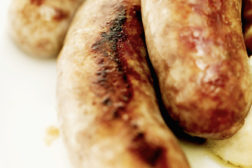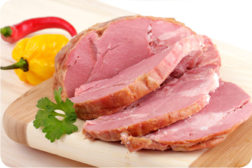Meat and Poultry Processing
Step Outside ‘Labor Replacement’ Box
To design a truly successful system, processors must expand their thinking beyond viewing robotics and vision systems simply as labor-replacement tools.
Read More
The National Provisioner's 2011 Sausage Report
The sausage category is holding its ground, largely due to gains in breakfast and fast-food sales.
Read More
Stay ahead of the curve. Unlock a dose of cutting-edge insights.
Receive our premium content directly to your inbox.
SIGN-UP TODAYCopyright ©2024. All Rights Reserved BNP Media.
Design, CMS, Hosting & Web Development :: ePublishing









